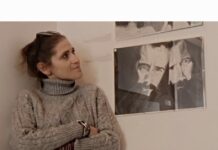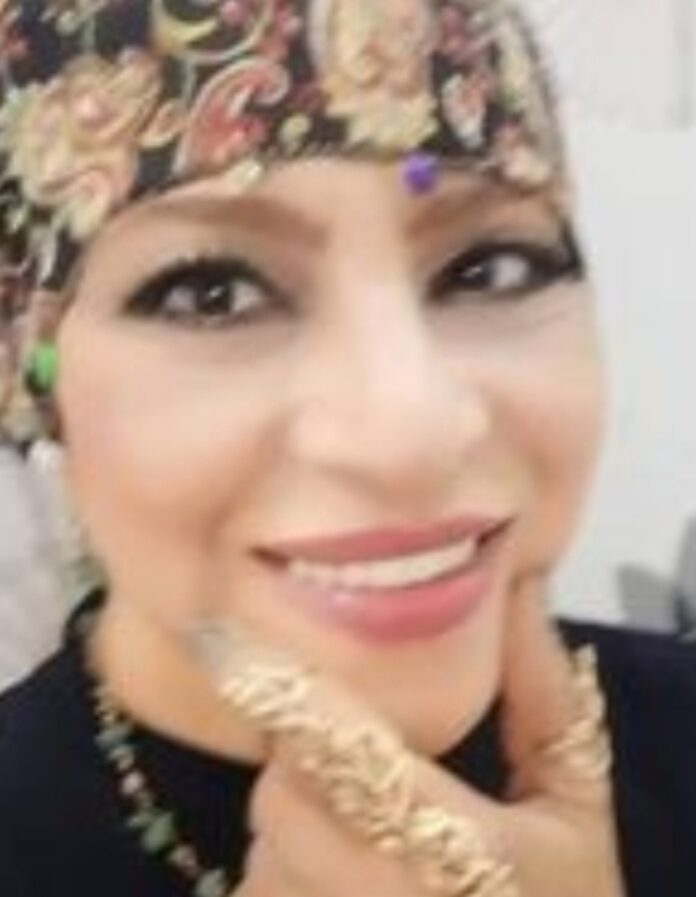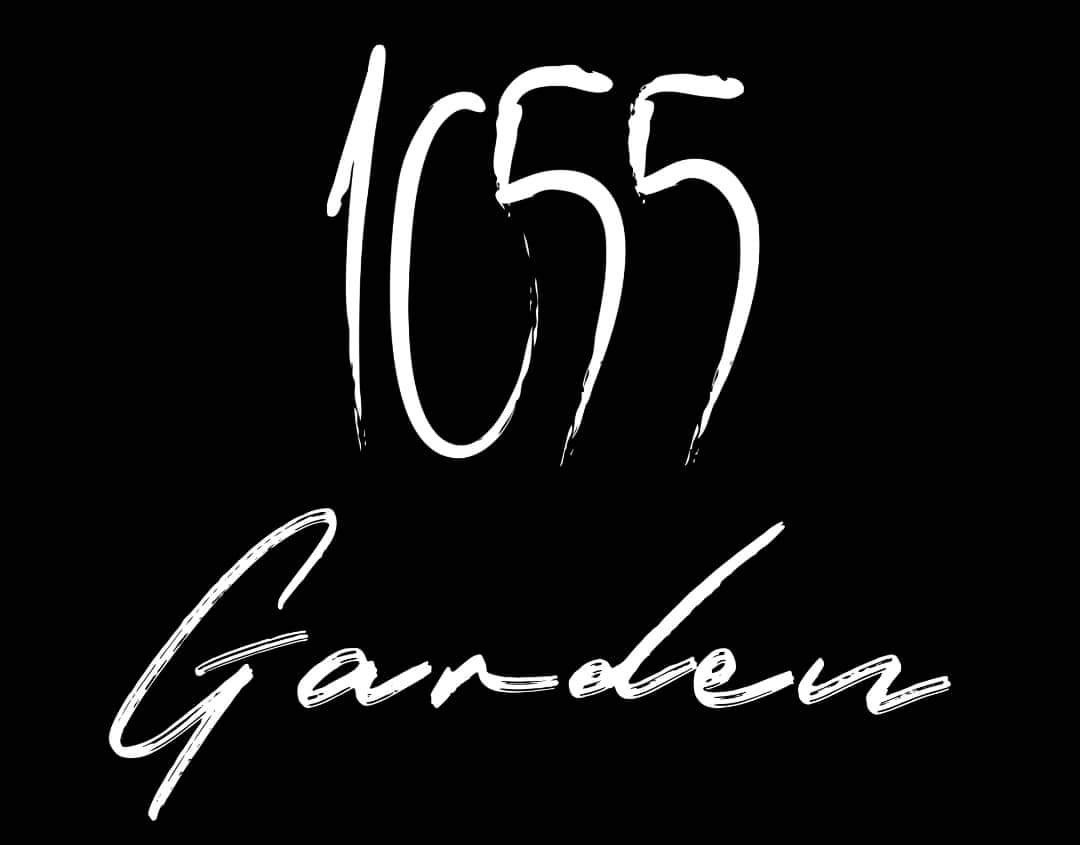Επιμέλεια: Εύα Πετροπούλου Λιανού
Creativity and disability
Creativity is this faculty that God has chosen for man and has distinguished him from others in the ways and methods of his creations through the talent of distinction.
Philosopher Kant defines creativity by saying: it is a natural process that creates its own laws, and the act of creativity is subject to laws of its creation, which cannot be predicted, therefore creativity cannot be taught systematically.
And there are those who define creativity as: the high ability to think in an open format, and also expresses the detachment from the traditional aspects of problem solving with the connection to reality of the problems that reality poses.
As for the philosopher Freud, he considered creativity to be an innate vital energy that helps its owner translate the contents of the subconscious into an excellent or innovative work of art or science, i.e. creativity is a form of dreams directed towards the outside world.
The creator in art or science is the one who rearranges the previous elements into a new formulation.
Many specialists in color analysis also know creativity:
Fromm states in his definitions of creativity that it is the ability to see or perceive and respond, while Torrance believes that creativity is a process of realizing gaps, imbalances and missing elements, and then forming ideas and hypotheses around them, choosing these hypotheses, linking results and making necessary changes.
This is a simplified definition of creativity, and it’s not the main topic of this article, rather, how can a disabled person, whatever his disability, be creative, and is there a relationship between creativity and disease? Or specifically, is there a relationship between creativity and disability? In other words: does a creative handicap exist and is every creative person handicapped? We certainly denounce the answer, because not all artists and creators are disabled, and not all disabled people are creative, but if we looked comprehensively at the concept of disability and creativity, we would find that every disabled person (whatever their disability) is able to be creative. Likewise, every literary creator is liable to have some kind of disability. In a study by Dr. Munqith Nader Akkad titled How I Exploited My Disability to Become Creative, I will use some of what has been mentioned in it.
Where there is a will, there is a way: English proverb. The disabled person sometimes underestimates himself and his abilities, and what he can achieve for his society and humanity, even if the tormented on earth writes the history of humanity. as creative writer Shaker Mustafa put it.
First, before presenting what Dr. Munqith Nader wrote, I want to emphasize, as I have already mentioned, that there is a physical disability, a mental disability and a moral disability:
Moral handicap:
Does the mind fall ill like the body and is paralyzed in the movement of its thoughts as the body is exposed in the movement of its limbs and muscles?
I dare to divide the concept of disability into two parts: a physical (sensorimotor) disability and a moral, psychological and mental disability.
Some mental injuries and psychological injuries are a form of disability, because they affect human activity and their practice of their normal life. In fact, psychological and mental disability is the most severe impact on a person. Physical disabilities can be limited to the body and the mind remains intact, while psychological and mental disability affects the mind. And it damages the will and the psyche, and is reflected in physical symptoms that damage the body and its organs. Since the mind is the mirror of man, with the absence of the mind, which is like our window into our awareness of ourselves, the world and the afterlife, what are we left to bet on? Nothing, brothers.
We will briefly summarize two disabilities that harm the mind and soul, namely: schizophrenia and autism (autism
Creativity and schizophrenia:
Creativity and disability of schizophrenia
Since ancient times it has been believed that there was a relationship between creativity and fulfillment of the mind with the utmost consideration that both, i.e. creativity and schizophrenia, are anomalous manifestations that deviate from the places of reasoning. Plato connected genius and madness and described them as mental disorder. As for Aristotle, he initially did not believe that the mind is the center of thinking, rather, he thought that the heart is the center of thinking, and the famous artist Salvador Dali , was in a special mood, repeating his saying, which said, for example : Between genius and madness there is a hair. The philosopher describes the darkness of genius saying with a sarcastic accent (The genius smiles in the dark and the dark in a smile.
The truth is that the common denominator between genius and schizophrenia is that schizophrenia is a departure from the usual and will not be in an undisturbed mess, but genius is a departure from the usual, but it has its own controlling laws and its own controlling logic .
Perhaps what strengthened the bond between them was one of two things:
the first :
The memoirs of the geniuses themselves, which contained the details of their discoveries and creations, thus (Boncaret) explained that
Many of his mathematical revelations seemed to him sudden. (Wagner) heard the basic opening melody of one of his pieces of music, and Kant’s thoughts were interrupted by the growth of trees in front of a tower overlooking him from his room..etc . ..
The next thing:
The tendency is to say that creativity and inspiration prevail in the unconscious and subconscious states. Rather, some geniuses had strange cases that haunted them if the hour of inspiration approached. (Cockell) achieved his discoveries in gasoline while dreaming of a frightening snake and the poet (Coleridge) wrote a famous poem for him under the influence of anesthesia Socrates suffered from fits of coma, paraesthesia and hallucinations.
used, we can say that the rate of autism reaches one or two cases for every thousand births, and the percentage of affected males exceeds that of females by two or four times.
Dr. (Carner), who worked in the Children’s Psychiatry Clinic of Johns Hopkins Hospital, is the first to give this name to the disease, and then in his distinguished research published in 1943. After examining eleven children, it seemed to him as if In this long research, the researcher throws and loses focus on most types of physical disability, that I have tried to summarize some of them in which we have explained the creativity and disability of schizophrenia
This is a simplified idea of schizophrenia and impeded creativity. and moral disability. We will talk about the creativity and disability of autism (autism).
Because it is called autism, (self-introduction), i.e. autism, which is a rare condition that appears in four cases out of ten thousand births, according to the strict criteria of the discoverers of autism, ie: (Karther and Asperger ), while now, according to the criteria currently have four intersecting features.
1 Prefer to be alone
2 Insisting on repeating the same actions
3 love affairs
4 Enjoying some wonderful abilities compared to their shortcomings.
At the same time that Karner was publishing his research, Dr. (Asperger) of the University Children’s Clinic in Vienna had completed a doctoral thesis on such children and called them by the same term (selfishness).
The term autism, or autism, is a term taken from adult psychiatry, where it was used to describe the tendency exhibited by patients with schizophrenia to cut off communication with the outside world. And the researcher at the Medical Research Council in London (Dr. Frith) states that psychological and physiological research has shown that autistic people do not live in their rich inner worlds, but rather are victims of a biological deficiency that makes their minds very different from the minds of normal individuals and accompanies the person throughout their lives. yet individuals with autism do not fall outside the realm of emotional contact with and courtship with others, and may respond with specialized efforts in education to counteract them.
The studies say that the interpretation of the exceptional talents and limited interests shown by some patients has tried (Wahieh) of the University of London to explain it through the hypothesis of weak central consistency, and the hypothesis refers to the tendency of the autistic patient to process partial information without nightism, so that it is mostly captured by selective particles that usually do not polarize normal people. Some reports have shown that severe cases of autism are accompanied by mental retardation, but IQ is not consistently associated with special skills and talents, if it turns out that up to ten percent of people with autism have high skills in the form of exceptional skills in one of the areas such as playing the piano and drawing or mathematics, and it is remarkable that all autistic patients of great talent are diagnosed as autistic to a large extent.
Autism, as Frith describes it, is a kind of destructive disability if left untreated. The autistic child has a mind, and it is possible that it could develop into the stage of monotheism, emancipating them from unopened minds they did not choose when they were born
Genius stimulated:
Studies conducted by neurologist (Alan Snyder) and also by University of California neuroscience expert (Bruce Miller) have indicated that most autistic geniuses suffer from damage in the left side of the brain (the left frontal temporal lobe). this theory in addition is that there are many people who developed their creative abilities after suffering a head injury, as a result of the injury, they suffer from damage to the left side of the brain.. Snyder admits that the abilities of autistic geniuses are sort of of simulation, as a process of mental linking of ideas must be created, while the genes of autistic people operate without brain controls, therefore they are not good at exploiting their experience in creative ways. Doctors in Britain say geniuses with autism may seem creative, but they’re a kind of exact copying process. A pianist can, according to Dick, draw an entire building from his memory, but without creativity.
Geniuses with autism seem to me to have this heightened ability to mimic so well that Snyder thinks there are huge experiences in our brains that we don’t know need a lot of stimulation, as psychology experts believe that a very small part of our the brain activity reaches our conscious awareness, but most of it is in the areas of thought unconscious or conscious to us, and since the autistic genius lacks the technique to control the connecting intellectual processes in the brain that allows the average person to identify things and naming them and the speed with which ideas are exchanged and expectations are set regarding what is happening around us, so that these patients are able to test the raw information that we do not reach and they do. the two minds that escape in our mind, but simply move and cannot touch the limit of our external awareness, and therefore stumble upon understanding and self-awareness and awareness of the thought processes of others.
Self-awareness, and for this we must remain realistic about the degree of adaptation of the patient.
The creator’s ideology in the hands of the handicapped:
The term creator ideology expresses the creator’s aversion to authoritarian tendencies, in the sense that the ideology of creativity opposes the ideology of authoritarianism, which expresses the individual’s inability to form new tendencies to deal with situations. This is why the state of submission and servility does not accord with the intellectual system of the creators, and therefore, since the disabled person was created and loaded with the ideology of creativity, because he found himself from birth on a direct front facing society and people, and even before that he faced his bitter discovery, and therefore every movement of the disabled person towards life and towards integration into Society and its construction is a movement towards the system of creative thinking, and therefore every disabled person possesses at least the minimum level of creativity and its structure.
The first stage of creativity is preparation and readiness, and in this stage the handicapped is closer to it than others, and the rest of the factors are not equal. For creativity or followers, most people choose to follow.
Souad Khalil
Country: Libya
She is a theater artist, writer, translator and poet, she writes for various magazines in Italian, Spanish and English, as well as Arab newspapers. Received numerous awards and recognitions in all Arab countries and in some European countries. She has published fifteen books, translations and studies. The University of Bonn has translated some of her poems into German. Participated in literary salons in Europe and Latin America. Award winner Academy of Arts and Philosophical sciences
































